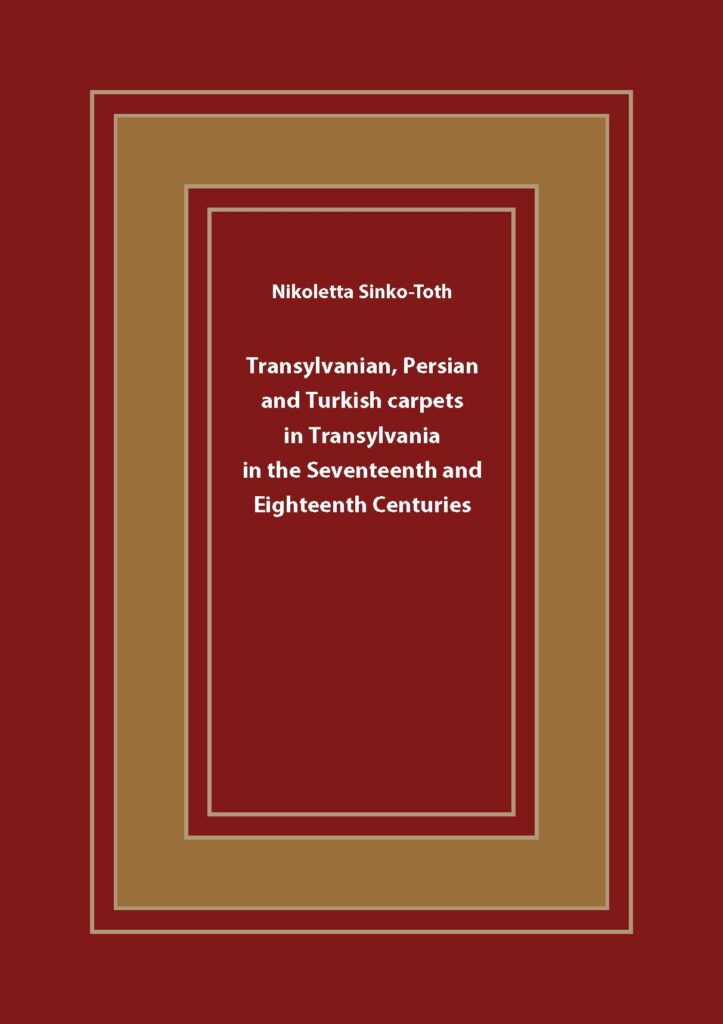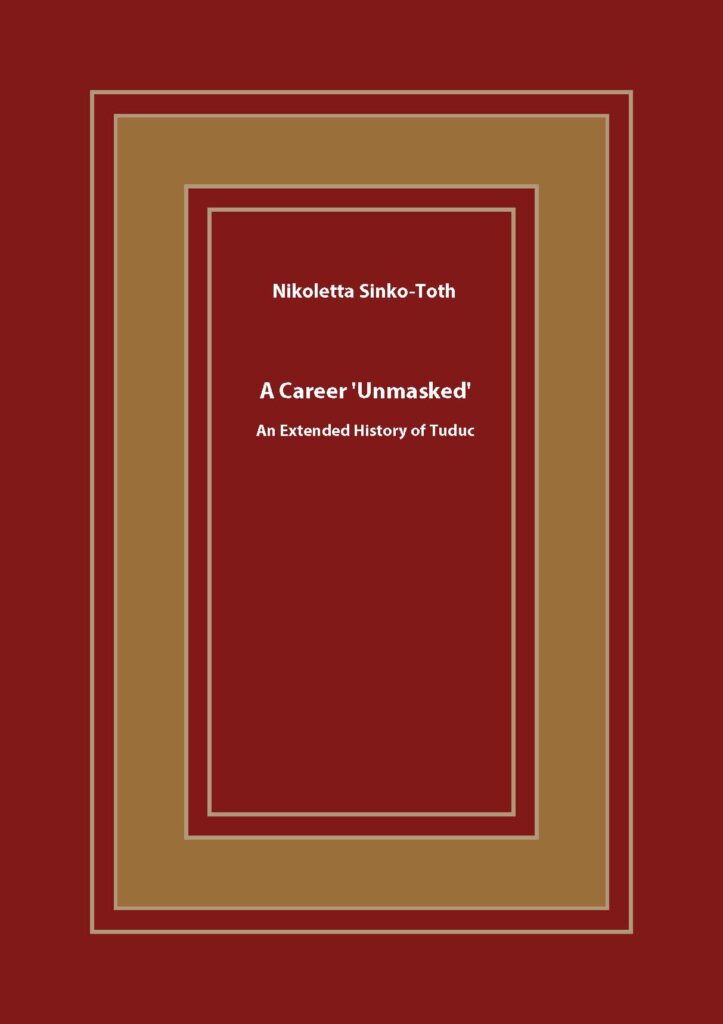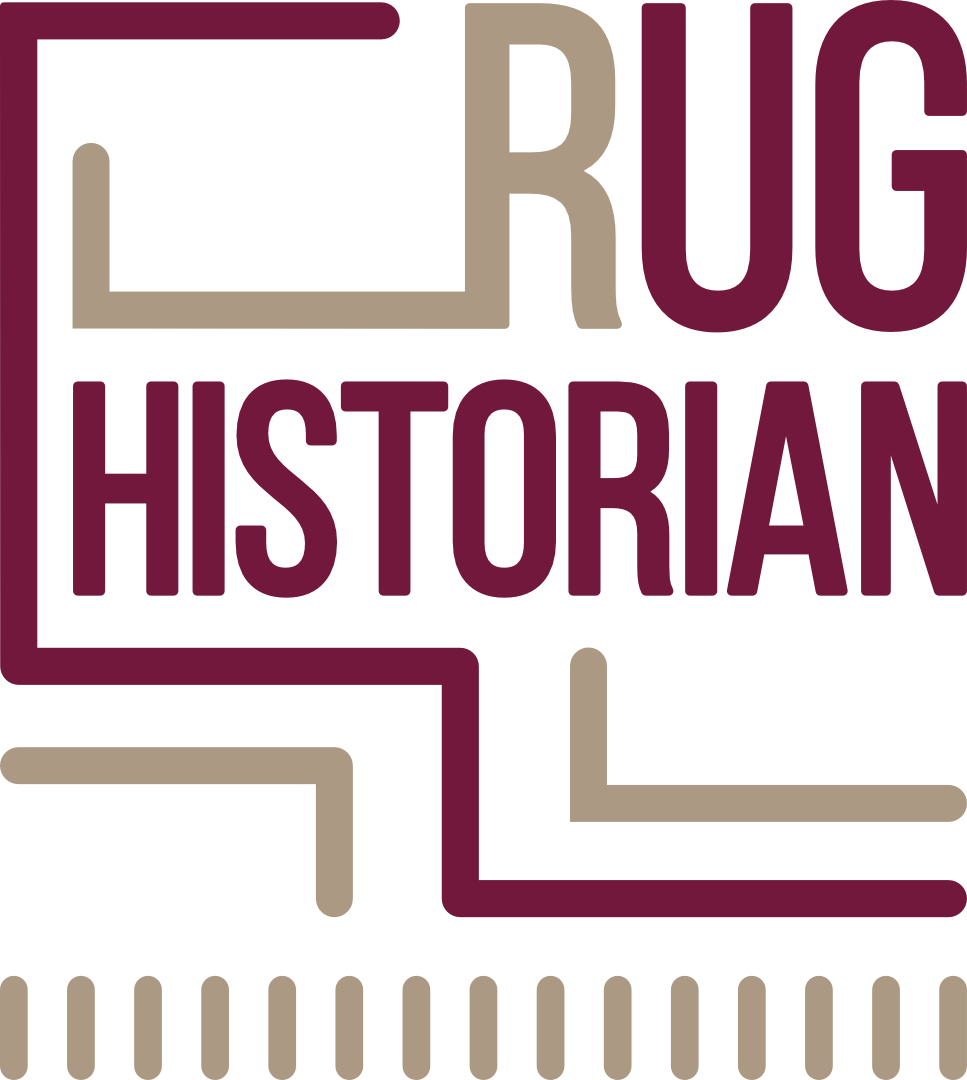Publications

Transylvanian, Persian and Turkish Carpets in Transylvania in the Sixteenth – Eighteenth Centuries
In the study of the large number of sixteenth- and eighteenth-century carpets preserved in Transylvanian churches, the historical written sources of carpets in Hungarian, which are also numerous, play a secondary role. Basic research on historical carpet sources is lacking, the written records have been interpreted only sporadically, out of their historical and linguistic context and in relation to the art historical interpretation of the surviving carpets.
In the framework of the RugHistorian project, the research of written sources related to the place of use of rugs will both replace the basic research based on historical sources and also analyze the sources by introducing a new methodology to reveal the meaning of the terms of the period and to bring them into line with the terms used today. The geographical scope of the sources included in the research extends beyond the borders of Transylvania, in accordance with the historical, political and linguistic conditions of the period.
The meaning of terms referring to the origin and use of carpets can be determined by comparing sources and placing them in historical and linguistic context. In the new method, emphasis is placed on the collection of scattered but contextually related sources, such as fragments of correspondence between Transylvanian princes and their envoys, and comparing the data contained in these with the inventories of the Transylvanian princes. The linking of contemporary German and Latin sources to individuals (to the members of Hungarian noble families) also helps to interpret the Latin and German translations of the Hungarian terms used and analyzed, and highlights the difficulties of translation between terms used in today’s literature and the possibility of mistranslation.
After analyzing the sources, the meaning behind the carpet names and terms can be identified, resulting in a more accurate interpretation of the so-called Persian and Turkish carpets. Among the sources, church records are directly related to the surviving carpets. Their combined analysis provides the means to identify the contemporary term referring to the carpet-type of ‘knotted carpet’.
The most important indirect result of the research is that, as a result of the collection and analysis of the sources, traces of local carpet making can be identified in both Hungary and Transylvania.

A Career ‘Unmasked’
An Extended History of Tuduc
One of the special research areas of the RugHistorian project is to explore the background of twentieth-century carpet making and counterfeiting in Hungary and Romania. The research has uncovered the career path of Tivadar Tuduk carpet dealer in Budapest, who absconded to Romania after smuggling and embezzling carpets. Tivadar Tuduk’s career can be linked to the activities of Teodor Tuduc, the Romanian carpet dealer known in carpet literature as the world’s most skillful carpet counterfeiter.
The similarity of the business activities, the overlapping dates, the similarity of the signatures and the mirror translation of the Hungarian and Romanian names all suggest that the famous Romanian carpet forger Teodor Tuduc started and established his carpet business in Hungary as Tivadar Tuduk.
Tivadar Tuduk, who was born in Vizesgyán in 1888, moved to an unknown place from Hungary and in 1944 was wanted for luxury tax debts, while Teodor Tuduc, who was born in Toboliu in 1888, advertised his workshop in Romania under his wife’s name, V. T. Tuduc. Vizesgyán in Romanian is Toboliu.
The first publication of this research area provides valuable information on Tuduk’s Hungarian activities, on Tuduc’s workshops and carpet counterfeiting in Romania and generally on the carpet frauds after the First Word War.
Other important result of the research, that the newly discovered facts about carpet making and counterfeiting, including the activities of Tivadar Tuduk / Teodor Tuduc, shed new light on the origin of the fake whiteground rug purchased by the Victoria & Albert Museum in London, which made Tuduc famous.
